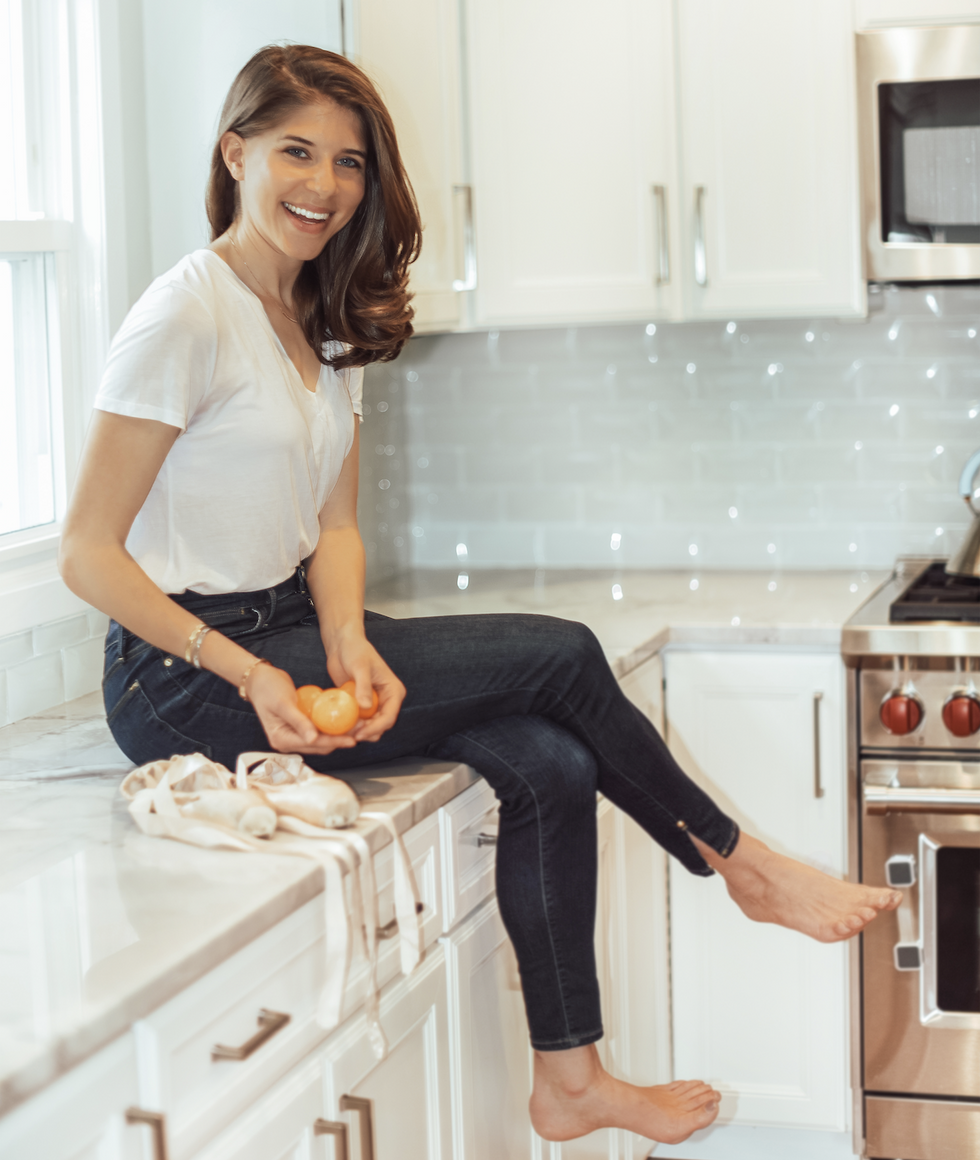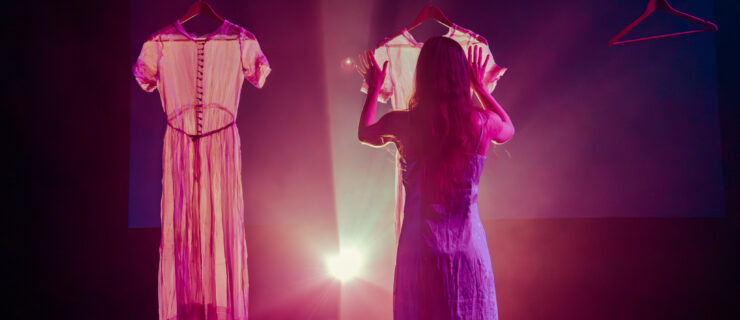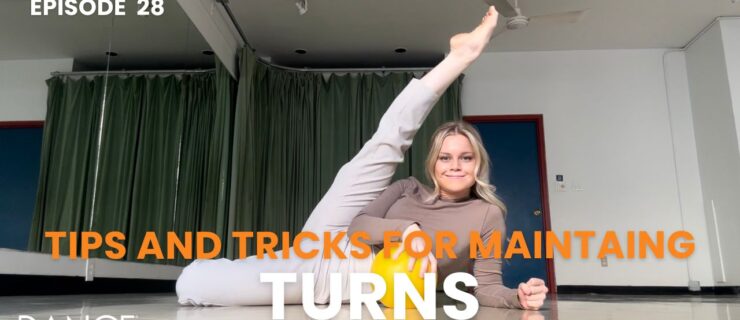What Does It Take to Transition from Dancer to Dietitian?
Dancers are understandably obsessed with food. In both an aesthetic and athletic profession, you know you’re judged on your body shape, but you need proper fuel to perform your best. Meanwhile, you’re inundated with questionable diet advice.
“My ‘favorite’ was the ABC diet,” says registered dietitian nutritionist Kristin Koskinen, who trained in dance seriously but was convinced her body type wouldn’t allow her to pursue it professionally. “On the first day you eat only foods starting with the letter A, on the second day only B, and so on.”
How much school is required
Becoming a registered dietitian requires at least a four-year bachelor’s degree, plus a one-year supervised internship. You’ll need to pass a registration exam, and meet any licensure requirements in your state. Some dietitians also receive their master’s or doctorate. All need to maintain their certifications with continuing education.
Most of the courses for RDs are science-based, like organic chemistry and anatomy, says registered dietitian nutritionist Rachel Fine. You’ll also have a lot of food-based classes like food history, food safety and recipe creation.
One word of warning: Because the requirements are so different, it’s not always possible to double major in dance and dietetics as an undergrad. “If you want to dance first, do it,” suggests Koskinen. “Scientific pursuits like nutrition will always be there for you. You don’t have to do everything at once.”

Courtesy Fine
What the work is like
Dietitians work with all kinds of populations. Although Fine started her career working in acute care at a hospital, today she works exclusively with dancers through her company To The Pointe Nutrition—and 95 percent of that work is done virtually. Because dancers’ schedules can be packed, she often schedules appointments early in the morning, at night after their dance classes or on Saturdays. In between those appointments, she creates content for her website and social media presence, and contributes to media outlets. She also runs online courses on nutrition and body image.
Koskinen works with about 40 percent dancers. Other clients include cross country runners (who have a similar profile to dancers) and former dancers or athletes. She says she also spends time following up with recommendations (meal plans, recipes, educational materials, etc.), testing and developing recipes, researching, consulting with colleagues, developing courses, creating content for media and her own website, and managing the business since she owns her own practice.

Courtesy Koskinen
What dietitians wish the dance world understood
“Artistic directors and dance teachers wear many hats, including being a parent figure, and they are often the first person dancers go to for health advice. But they don’t have to wear this hat,” says Koskinen. “They just need a good set of contacts.”
There are plenty of dance-focused dietitians across the country today—many of whom work virtually—who want nothing more than to share what they know. They can even help equip teachers and directors with language to use when talking with dancers about things like weight. “You don’t need to feel that pressure to be the provider of nutrition information,” she says.
Dietitians themselves understand the weight of feeling like you need to answer all the problems. Fine says one of the most challenging parts of her job is dealing with disordered eating issues because so much of it is psychological. “One reason many dancers want to work with me is anxiety,” adds Koskinen. When they see that clients need professional help for their mental health, they’ll refer them to therapist. “It’s a disservice to the dancer when you take on more than you can handle,” says Fine.
What it’s like working with dancers
If you want to work with dance clients, a background in the field is priceless. “Since I was immersed in their world, there’s a comfort level there since I know what they’re going through,” says Fine. “I’ve been in their shoes, and can quickly develop trust.”
We all know that dancers are unique. They’re not only incredibly attuned to their bodies, they’re often perfectionists who can be tunnel-visioned and prone to excessive behaviors. They also usually have a strong desire to please. “When I give recommendations, I have to be very cautious sometimes because dancers with type A personalities often take everything from 0 to 100,” adds Fine.
Part of Koskinen’s mission is to help dancers learn to trust themselves. “You don’t have to listen to everything and follow every shiny object that goes by,” she says. With two daughters of her own who are dance students, her hope is to eventually reach dancers at a younger age so they can learn these lessons as they’re developing. “Like with most things, prehab is easier than rehab.”




